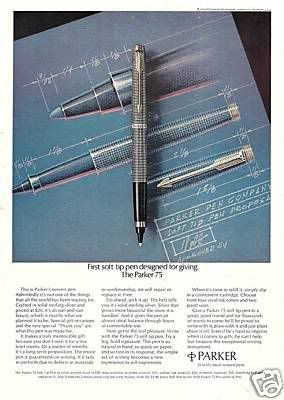Shangas
I'll Lock Up
- Messages
- 6,116
- Location
- Melbourne, Australia
I am using my 1930 Sheaffer Balance OS lever-filler. Medium nib. This pen is one of the gems of my collection
**********Spatterdash said:What's the best choice in a new rollerball with a screw-on cap? I'm trying to avoid the finances needed for vintage pen collecting, and I understand the rollerball is a better writer than a cheap ballpoint.
Fletch said:A nice looking bright stainless, fluted, torpedo-shaped FP, marked Pierre Belvedere, that I picked up in Montreal, and which takes Parker cartridges. One drawback: cap cannot be posted - slides right off.
***********Spatterdash said:Well, I guess the best bet in the long run is a fountain. Researching the best new pens and ink brands is next for me, I suppose. Google, here we come.
Davep said:yes that was a very nice write-up.
I can remember in my early school days being required to have a fountain pen. Have always hated the googy greasy ink of ball point pens.

 John Lofgren Monkey Boots Shinki Horsebuttt - $1,136 The classic monkey boot silhouette in an incredibly rich Shinki russet horse leather.
John Lofgren Monkey Boots Shinki Horsebuttt - $1,136 The classic monkey boot silhouette in an incredibly rich Shinki russet horse leather.  Grant Stone Diesel Boot Dark Olive Chromexcel - $395 Goodyear welted, Horween Chromexcel, classic good looks.
Grant Stone Diesel Boot Dark Olive Chromexcel - $395 Goodyear welted, Horween Chromexcel, classic good looks.  Schott 568 Vandals Jacket - $1,250 The classic Perfecto motorcycle jacket, in a very special limited-edition Schott double rider style.
Schott 568 Vandals Jacket - $1,250 The classic Perfecto motorcycle jacket, in a very special limited-edition Schott double rider style.